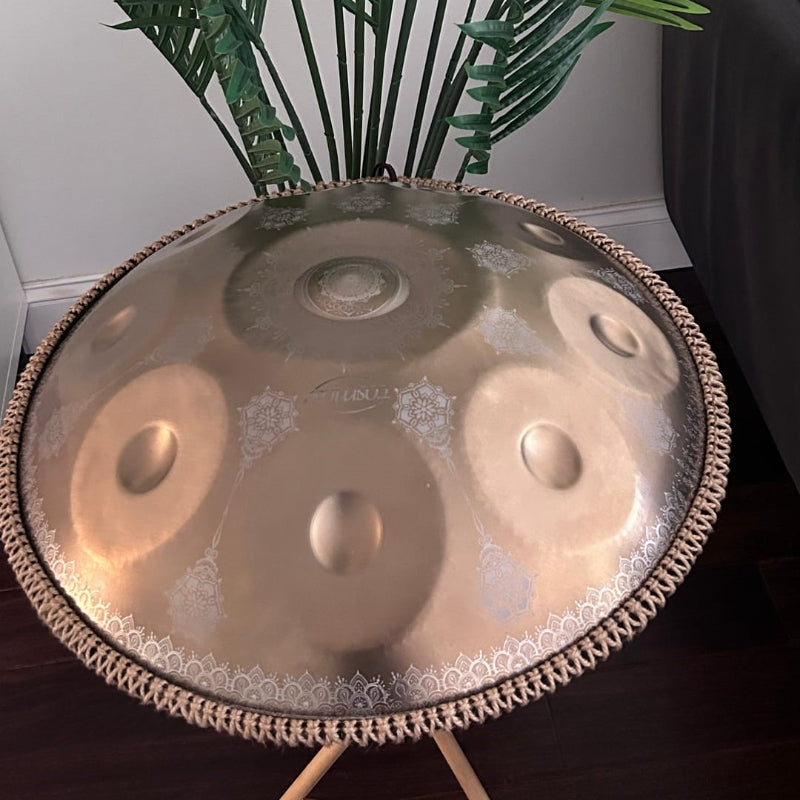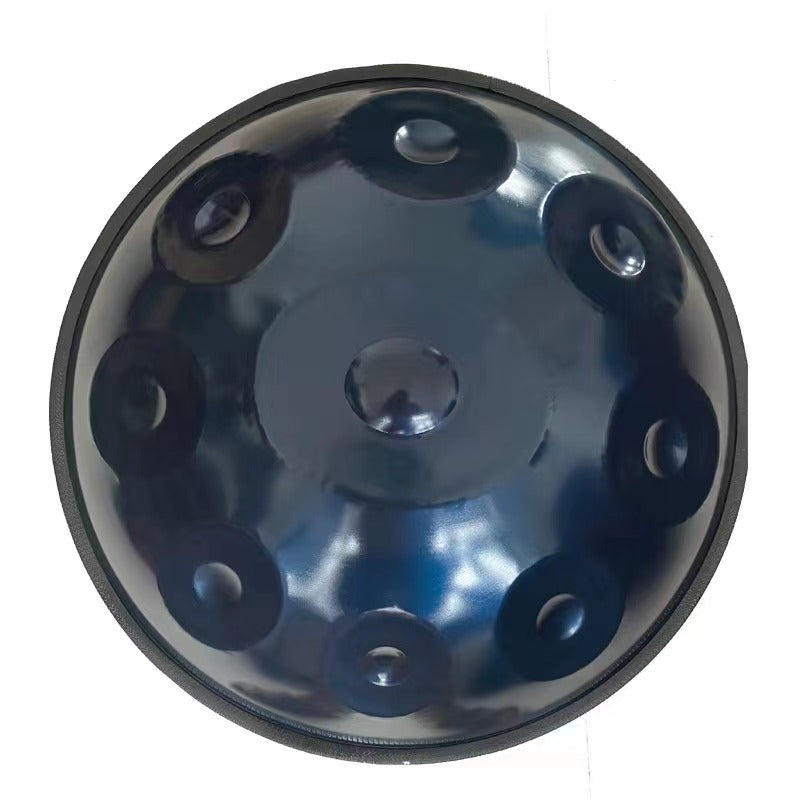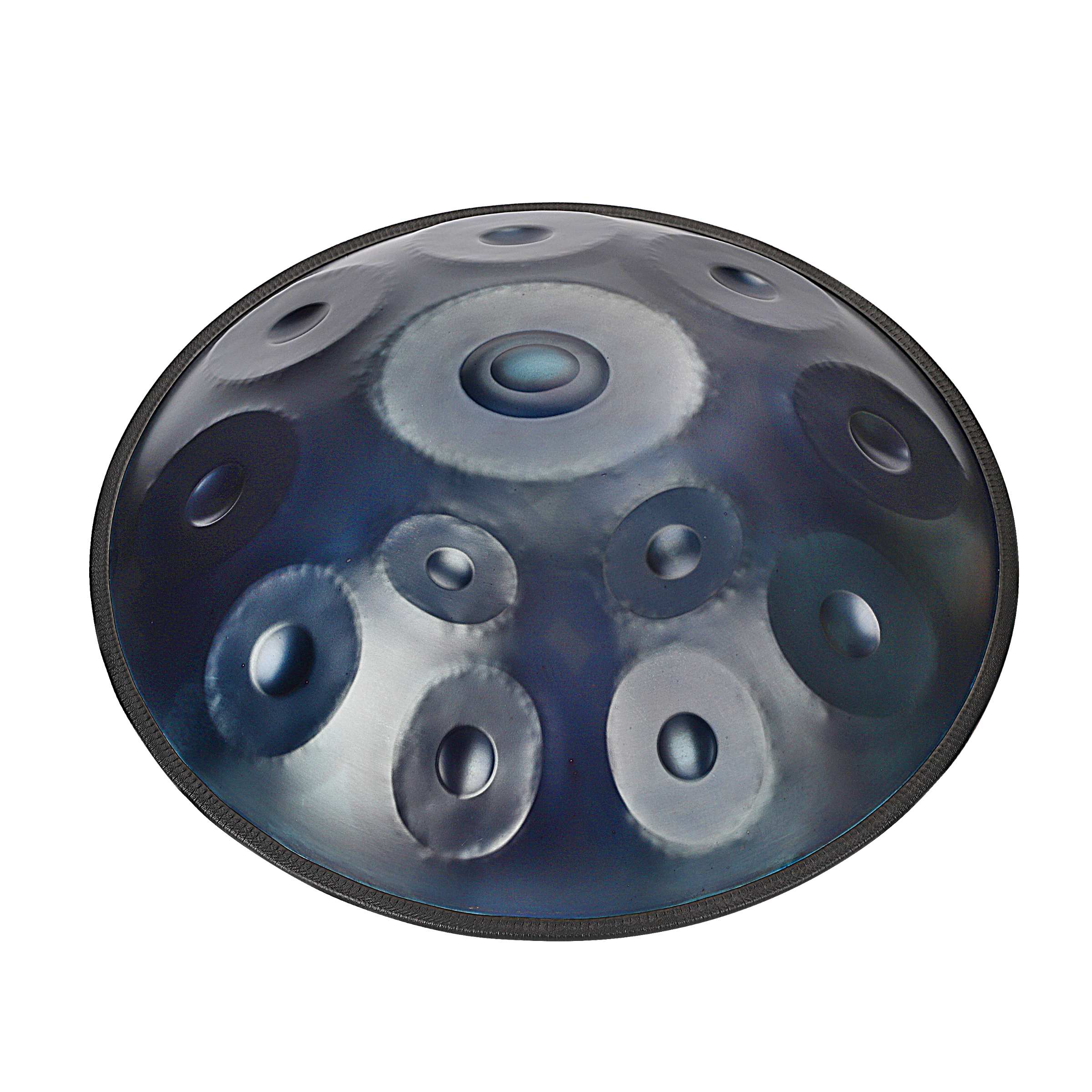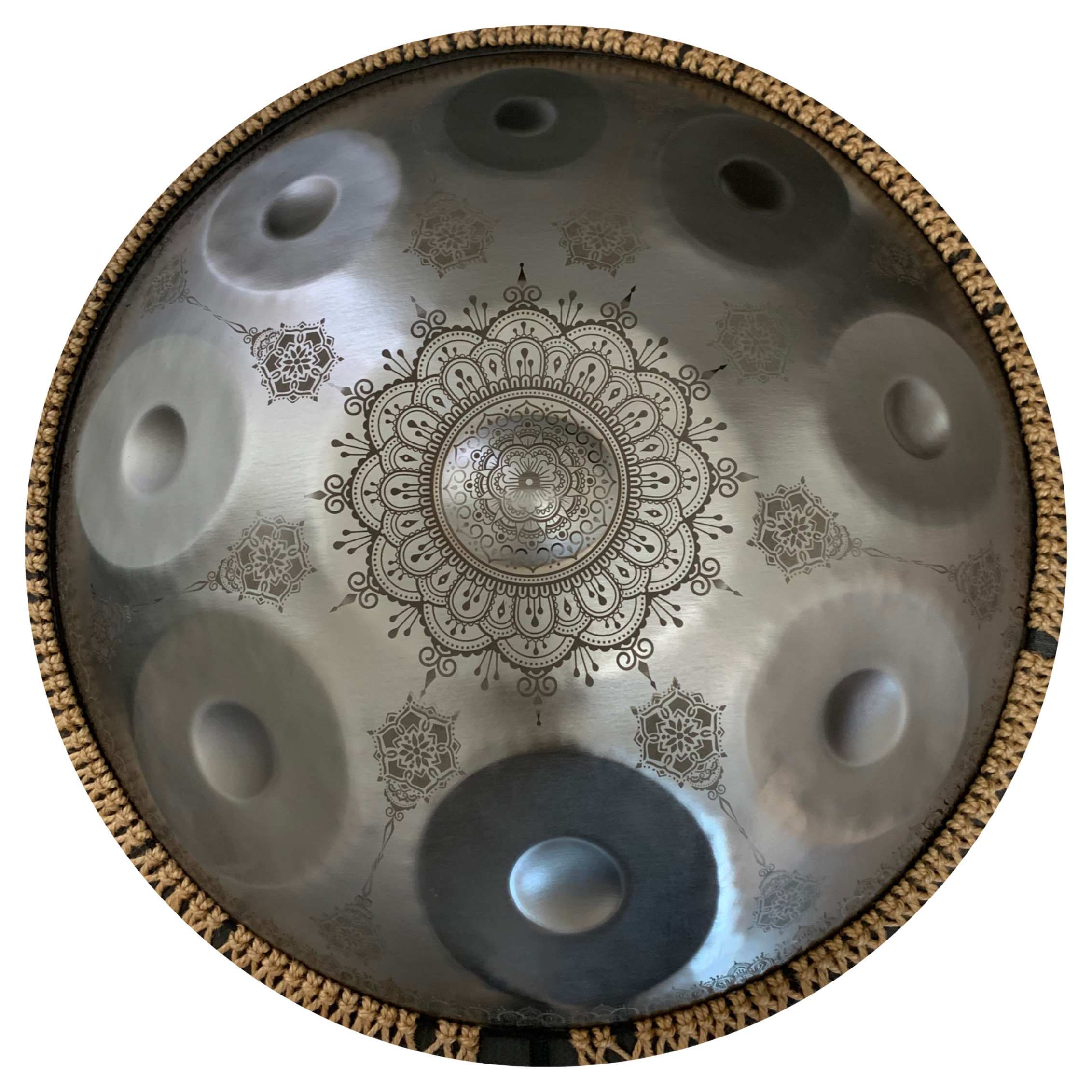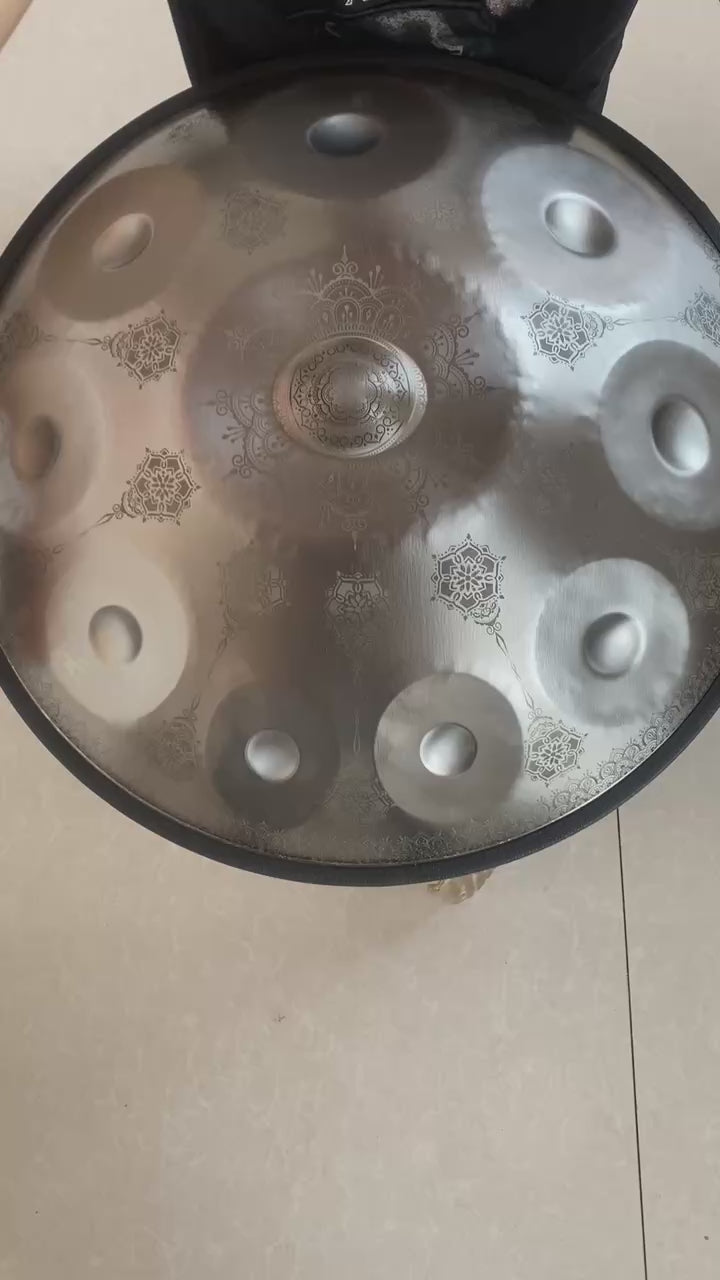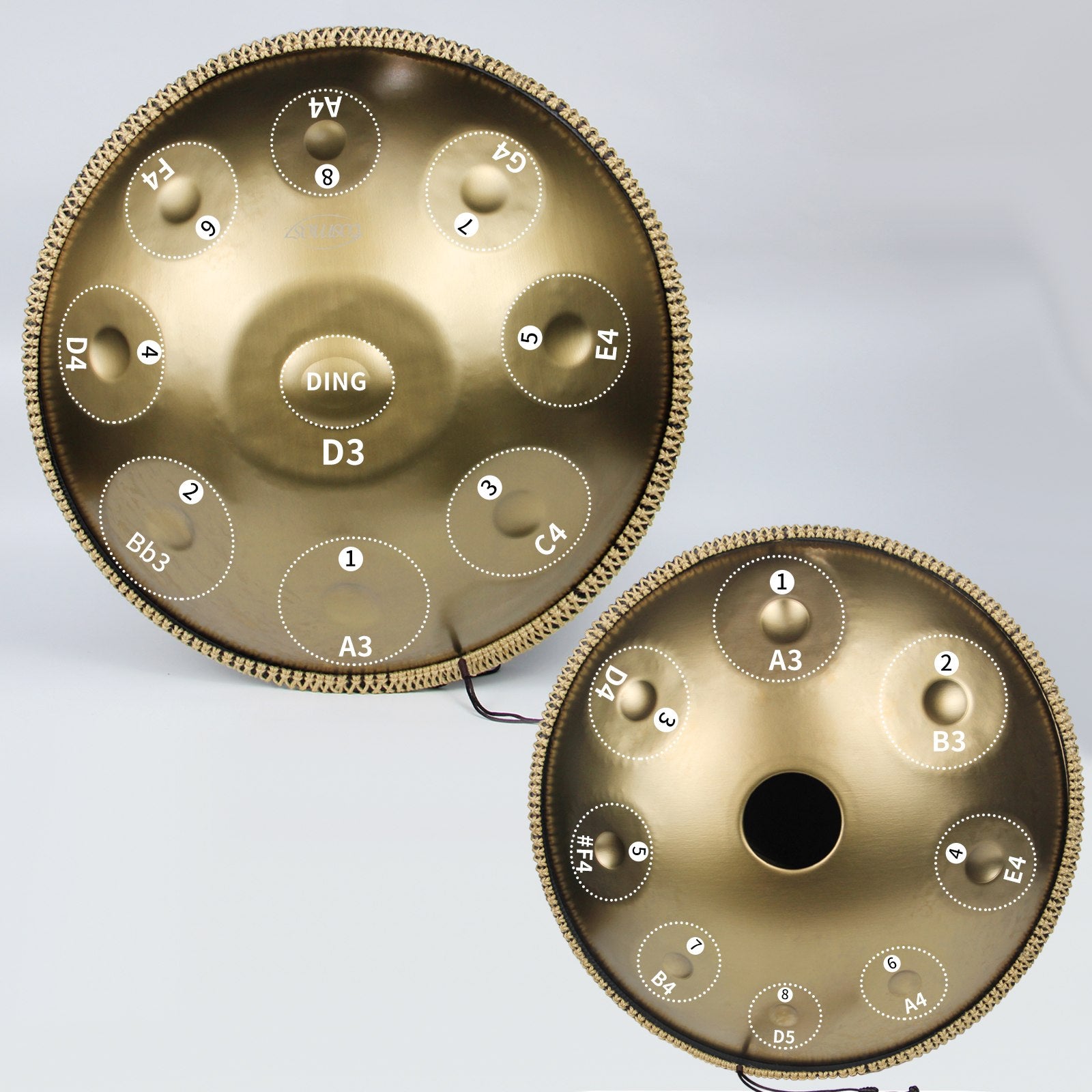Love the mesmerizing sounds of your handpan? Want to preserve it in top situation for years yet to come, making sure those rich tones and melodic possibilities stay vibrant? Then understanding how climate influences your handpan is key.
This article will delve into the ways both heat and cold can impact your instrument, and most importantly, equip you with the knowledge to keep it happy and healthy.
Heat: The Sun's Searing Touch
Heat plays an essential role during the advent of a handpan. It's used in numerous ranges, considered one of which is to stabilize the tuning and check its resilience. However, that equal warmth can end up being your worst enemy in case you're no longer cautious. Think about how quickly your vehicle heats up after being parked inside the blazing solar. Metal absorbs warmth unexpectedly, and guess what your handpan is made of? Yep, metallic!
Playing your handpan in direct sunlight will fast cause it to heat up, and you may in all likelihood note the sound becoming unusual. Imagine handpans as vampires who fear the sun's rays! Avoid playing outdoors in hot weather, mainly beneath direct daylight. Even short exposures can permanently de-track your handpan. If you by chance go away inside the sun for a while, let it settle down absolutely before gambling again.

Sun and Glue: A Sticky Situation?
Worried about the sun melting the glue and conserving your handpan collectively? This depends on the maker. Most legitimate handpan makers use glues specifically designed for outdoor use, formulated to face up to sun harm.
However, it is usually an awesome concept to test together with your handpan maker for peace of thoughts. A simple email or cellphone call can place your worries to rest.
Beyond Tuning: Heat's Hidden Threats
While de-tuning is a first-rate subject with heat publicity, it's now not the most effective ability threat. The excessive warmness can also cause the metallic to expand and settle erratically, leading to pressure on the device's structure. In intense cases, this stress can even motivate cracks to develop.
Remember, your handpan is a finely tuned tool or even minor structural changes can substantially impact its sound first-rate.
Cold Calling: How Chilly Temperatures Affect Your Handpan
Cold is not a pretty alternative to heat – it's the absence of heat. There's no "cold supply" actively sending chills down your handpan's backbone. However, steel transfers warmness speedy, so a cold handpan feels that manner as it's dropping its warmness to the surrounding air.
The outcomes of bloodless on your handpan's tuning are less dramatic in comparison to warmness. It might sound a touch off-key, however this is a temporary impact on the way to go back to normal in hotter temperatures. The larger situation with bloodless is humidity, which is a handpan's worst enemy. Rust may be a real problem, so in case you play outdoors in a cold climate, drying your handpan very well afterward is vital.
Drying Up: Keeping Your Handpan Happy in Any Weather
Here's the golden rule for each warm and bloodless: wipe down your handpan with a microfiber material after every play. This gets rid of any moisture that would result in rust. Think of it as giving your handpan a short post-overall performance spa treatment! If your handpan has a rubber rim, take away it for drying and reattach it as soon as the whole thing is absolutely dry. This is likewise an excellent time to reapply shielding oil.
Beyond Wiping: Creating a Climate-Controlled Oasis for Your Handpan
Think about the case you keep your handpan in too. Don't leave it closed for lengthy durations, specifically if the froth or material lining feels damp. These materials can entice moisture, growing a breeding ground for rust. Ideally, your handpan's complete surroundings need to be dry and freed from humidity.
Consider investing in a dehumidifier for the room in which you shop your handpan, particularly in case you stay in a moist climate. These devices assist disposal of excess moisture from the air, developing greater managed surroundings on your precious instrument. Alternatively, silica gel packets can be positioned inside the case to soak up moisture, however, take into account to update them frequently to preserve their effectiveness.
Should Your Handpan Live in a Bag? Not Quite!
We propose preserving your handpan in its bag or case at home. It wishes to respire! Leaving it enclosed can create condensation, which is largely moisture collecting at the surface of the metallic. This trapped moisture is a recipe for rust.
However, if you want to travel with your handpan for a few hours, a moist eater may be your hero. These handy gadgets soak up moisture within the bag, retaining your handpan dry and stopping rust. Think of them as tiny sponges absorbing any potential moisture threats.
Beyond the Basics: Advanced Heat and Cold Protection
For musicians who journey frequently or play outside in extreme temperatures, there are additional steps you could take to guard your handpan. Here are some alternatives to do not forget:
- Hard Shell Cases:While maximum handpans include gentle cases for basic safety, upgrading to a hard shell case can offer extra insulation in opposition to excessive temperatures. These instances are generally made from long-lasting materials like fiberglass or aluminum, presenting an improved barrier towards warmness and cold.
- Thermal Insulation Pads:These specialized pads are designed to wrap around your handpan, growing a layer of insulation. They may be particularly beneficial when transporting your device between hot and bloodless environments, supporting to modification of its temperature and minimizing tuning fluctuations. Some pads are even temperature-controlled, imparting active heating or cooling depending on your desires.
- Acclimatization:If you're planning to play your handpan exterior at a considerably different temperature than where it's usually saved, permit it to acclimatize gradually. For example, if you're bringing your handpan from a warm vehicle into chilly surroundings, don't take it out without delay. Leave it in the automobile for a couple of minutes to allow it to quiet down slightly before exposing it to the entire brunt of the bloodless. This facilitates reduced pressure on the tool due to fast temperature modifications.
Conclusion:
By following these easy yet powerful guidelines, you may shield your handpan from the elements and make certain it maintains to deliver you joy for years to come. Think of your handpan as a valued friend – with a touch of care and interest, you may create a weather-controlled haven for it to thrive. Remember, a happy handpan is a musical companion to praise you with infinite hours of sonic exploration and creative expression.

